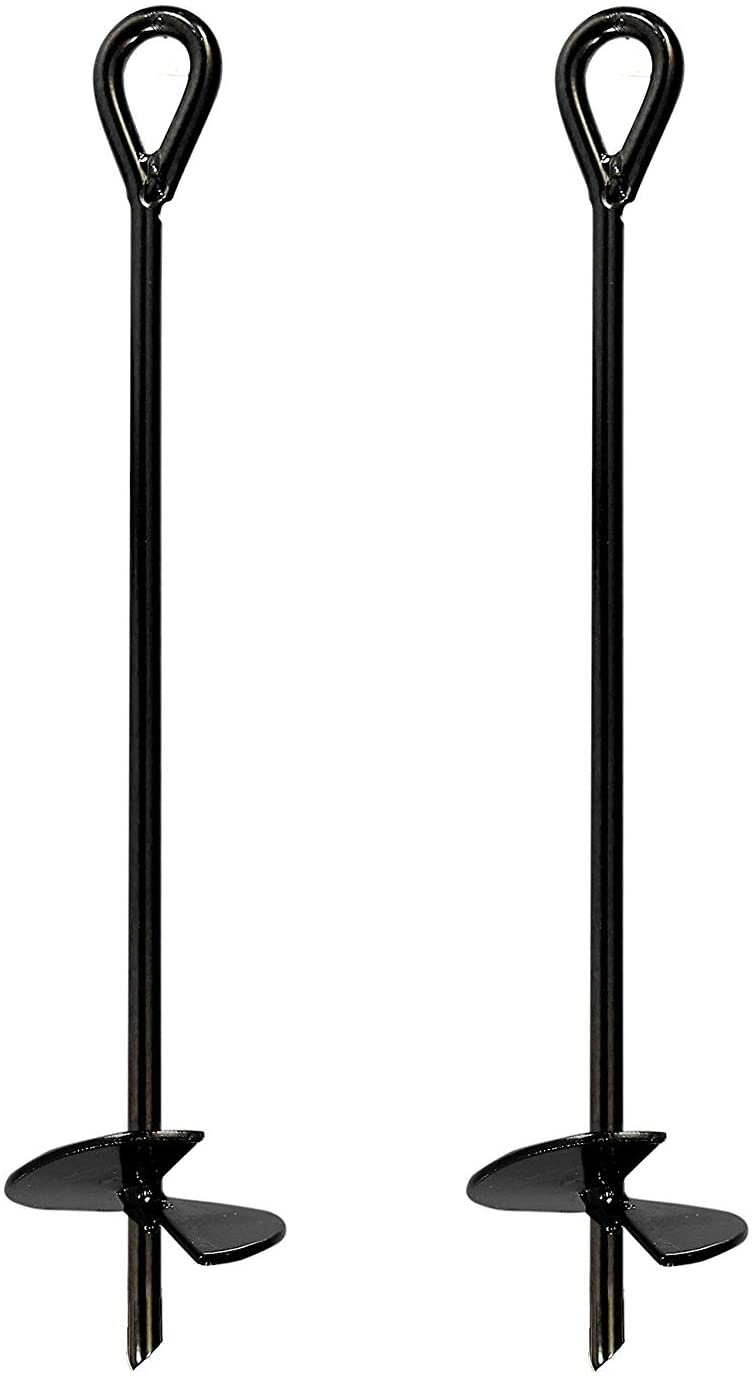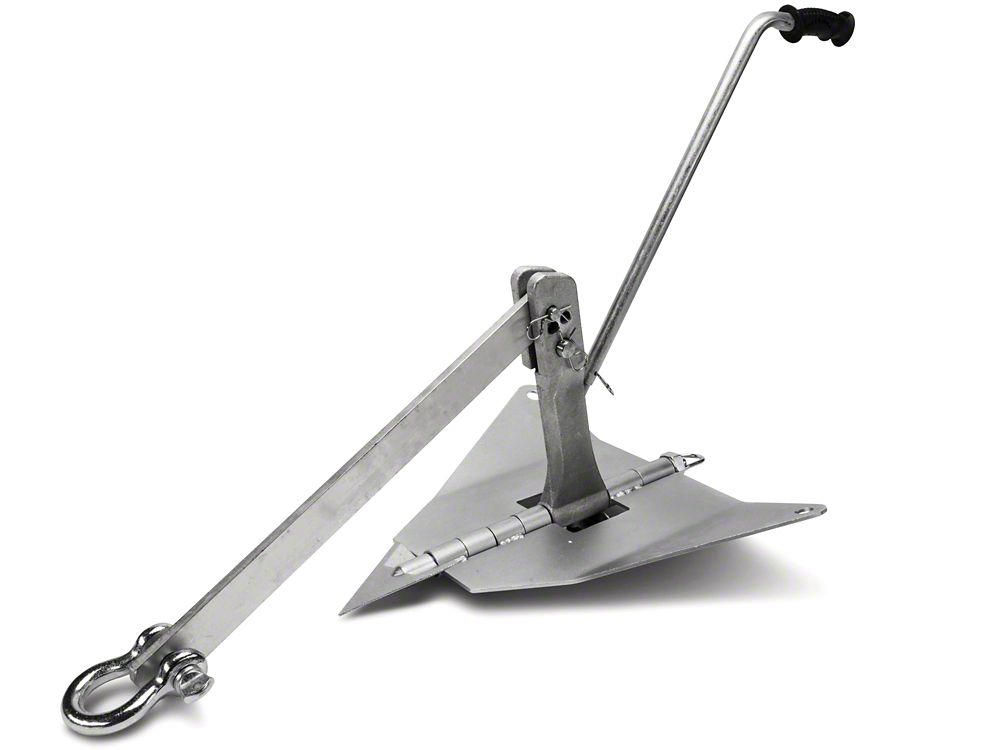Best Practices on Correctly Maintaining a Ground Anchor for Reliable Performance
Best Practices on Correctly Maintaining a Ground Anchor for Reliable Performance
Blog Article
Check Out the Different Kinds of Ground Anchor for Your Next Project
When starting a building or landscaping project, comprehending the numerous kinds of ground anchors readily available is essential to making sure both stability and toughness (Ground Anchor). From auger supports, which master varied soil conditions, to stake anchors designed for short-lived setups, the options are numerous. Additionally, concrete and screw supports present one-of-a-kind benefits in details circumstances, while deadman supports are customized for applications needing resistance to side pressures. The selection of a proper support type can significantly affect the total success of your job, triggering additional exploration right into their corresponding advantages and applications.

Auger Anchors
Auger supports are a prominent selection in various building and landscape design projects due to their special layout and effective securing capacities. These anchors consist of a helical screw-like shaft that is driven into the ground, enabling a secure and steady hold. The spiral design promotes simple setup and makes best use of resistance against lateral pressures, making auger anchors specifically effective in applications such as secure fencing, temporary frameworks, and erosion control.
The installation process of auger supports is reasonably simple. They can be manually or mechanically installed, relying on the size and required deepness. This flexibility allows for their usage in varied dirt problems, from sandy to clayey terrains. In addition, auger anchors can be quickly gotten rid of and recycled, which includes in their cost-effectiveness and sustainability.
Among the significant benefits of auger supports is their ability to disperse loads evenly throughout the bordering dirt, minimizing the threat of soil disturbance and reducing ecological influence. Additionally, they are much less susceptible to heaving or loosening up in time contrasted to standard securing methods. Auger supports are an exceptional choice for tasks needing reliable and sturdy anchoring options.

Stake Anchors
When it involves protecting structures in a selection of outside applications, risk anchors supply a uncomplicated and trusted solution. These anchors are commonly created from durable materials such as steel or light weight aluminum, created to stand up to environmental stress and anxieties while offering ideal security. Their basic style enables fast installation, making them an ideal choice for short-lived or permanent anchoring demands.
Risk anchors are particularly beneficial in protecting tents, canopies, and various other lightweight frameworks against wind and weather condition. They work by being driven into the ground at an angle, developing a solid hold that withstands pull-out pressures - Ground Anchor. The effectiveness of risk anchors depends upon a number of elements, consisting of soil type, wetness material, and the angle of installation
For added security, lots of risk supports include accessory factors for ropes or bands, allowing for tension modifications as needed. In applications such as landscape design or building and construction, they can successfully stabilize equipment or frameworks on uneven terrain. Generally, stake supports offer a versatile and economical remedy for securing various outside installments, making them a recommended option for contractors and do it yourself enthusiasts alike.
Concrete Anchors
Concrete anchors offer a durable remedy for safeguarding frameworks to concrete surfaces, making certain stability and safety in different applications. These supports are necessary for tasks ranging from residential buildings to large-scale industrial installations. They come in various types, including development anchors, adhesive supports, and undercut supports, each developed for particular lots requirements and environmental conditions.
Adhesive anchors utilize high-strength epoxy or material to bond the anchor to the concrete, using superior load-bearing abilities, specifically in broken concrete circumstances. Undercut anchors produce an unique form within the concrete, providing extraordinary holding power, especially in applications where tensile loads are prevalent.
Selecting the proper concrete support includes taking into consideration factors such as the weight of the load, the problem of the concrete, and ecological conditions. Proper installation strategies are essential to make sure optimal performance and dependability. When performed appropriately, concrete supports dramatically boost the structural integrity of various projects, making them essential in modern-day building practices. Understanding the details requirements of your task will certainly help in choosing the appropriate sort of concrete anchor for the task.
Screw Anchors

Screw supports are next page a flexible fastening option that can be properly used in a variety of applications where standard concrete anchors might not be sufficient. These anchors include a helical layout that permits them to be conveniently driven into the ground, making them suitable for usage in dirt and various other substratums. Their special framework supplies excellent holding power and resistance to pull-out forces, making them suitable for numerous projects, from landscaping to architectural assistance.
Among the key benefits of screw supports is their convenience of installation. They call for minimal devices and can typically be mounted without the demand for excavation, which saves both time and labor costs. In addition, screw supports can be removed and reused, providing a lasting remedy for momentary applications.
Screw supports are especially helpful in areas where dirt conditions are reference testing, such as loose or sandy dirts. Their ability to be mounted at varying midsts enables personalization based on certain job needs. In general, screw supports provide a reliable and dependable securing technique, making them an outstanding option for specialists and engineers looking for efficient services for their tasks.
Deadman Anchors
Deadman anchors act as a robust solution for stabilizing frameworks in difficult conditions, specifically where typical securing approaches may fall short. These anchors include big, hefty items buried underground, which develop resistance versus lateral forces. The style commonly entails a straight component, such as a block of concrete or a metal plate, hidden in the dirt, to which bands or wires are affixed.
The performance of deadman supports exists in their capacity to distribute lots over a bigger location, reducing the risk of failing in unpredictable dirt problems. They are specifically advantageous in applications such as preserving wall surfaces, momentary structures, and incline stabilization, where soil movement can compromise the honesty of the framework.
Installment of deadman supports requires mindful preparation to ensure they are put at the appropriate depth and alignment, maximizing their load-bearing ability. While they might require more labor Read Full Report and product than light-weight anchors, their reliability in damaging problems makes them vital for long-term tasks. Moreover, deadman supports are functional and can be adjusted to different applications, making them a go-to selection for engineers dealing with special obstacles in their jobs.
Final Thought
In recap, selecting the suitable sort of ground anchor is vital for guaranteeing stability and protection in different projects. Auger supports succeed in diverse soil problems, while risk supports fit momentary applications. For concrete surface areas, development and glue supports supply trusted alternatives, and screw anchors offer flexibility in difficult terrains. Deadman supports are specifically effective in standing up to lateral forces for keeping walls. Careful factor to consider of these options will certainly boost project results and architectural honesty.
Furthermore, concrete and screw anchors existing special benefits in specific circumstances, while deadman supports are customized for applications calling for resistance to side forces - Ground Anchor.Auger anchors are a popular choice in different building and construction and landscape design tasks due to their distinct design and efficient anchoring abilities. They come in different kinds, including expansion supports, sticky supports, and undercut anchors, each created for certain load demands and environmental problems
Glue supports make use of high-strength epoxy or resin to bond the support to the concrete, using superior load-bearing capabilities, particularly in split concrete circumstances. In general, screw anchors give a efficient and trusted securing method, making them an exceptional selection for designers and contractors looking for reliable options for their projects.
Report this page